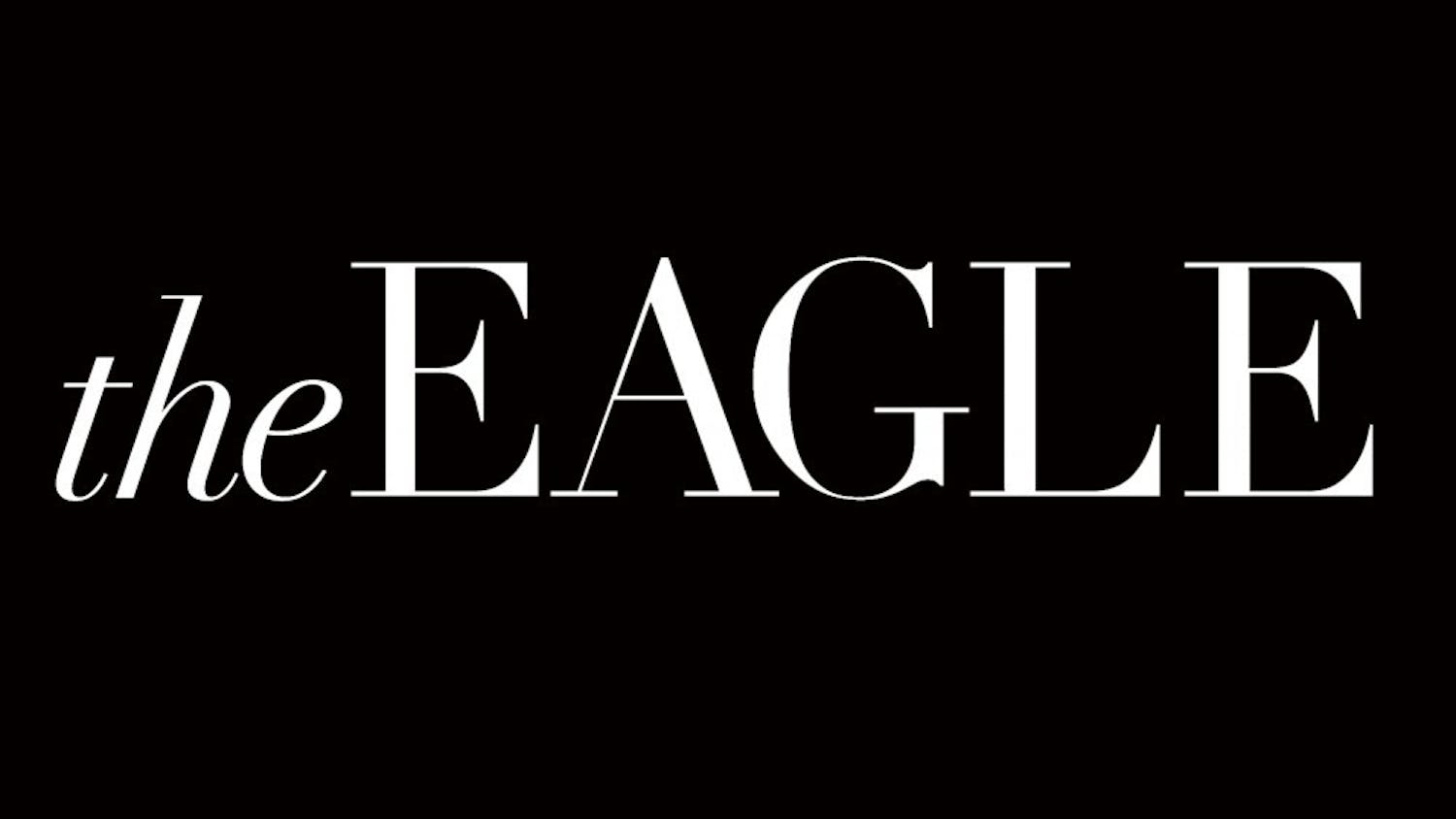There always seems to be a new and chilling report on how dangerous the water in the D.C. is. Two months ago, scientists found cancer-causing carcinogens in the water and before that, lead. Should we be concerned about our drinking water, or are these reports false and just used to keep us on edge?
To dive deeper into this question, it is necessary to expose the truth behind where our water actually comes from. The Chesapeake Bay Watershed includes D.C., New York, Pennsylvania, Maryland, Delaware, West Virginia and Virginia. Our watershed, the largest estuary in the U.S., is also the third largest dead zone in the country. The Chesapeake Bay’s dead zone is a result of the overabundance of nitrogen, phosphorus and sediment. Consequently, the overabundance of these pollutants create algae blooms that block the necessary amount of oxygen it takes for marine life to survive. Today, the fishing industry struggles while millions of fish die from micro algae called pfiesteria that is caused from algae blooms. In addition, the oyster population is 2 percent of what it used to be, according to historical records.
The main contributors of pollution in the Bay include farming industries, sewage treatment plants, factories, air pollution and urbanization. The main culprits are agricultural industries like chicken farms and pastures. When it rains, sewage flows from these farms into waterways and streams connecting into the bay and accounts for 40 percent of the nitrogen and 50 percent of the phosphorus in the Chesapeake Bay Watershed.
We are all a part of the problem as well. When we fail to pick up our dog’s excrement or use household products made of harmful chemicals, we are part of the reason that our water is contaminated. Also, when many people drive cars that emit large amounts of carbon, they contribute to the 10 percent of the pollution of the Bay from air pollution. If more people pay heed to how consumption and modern lifestyles affects our environment, then more people would realize why our water is contaminated and why marine life is disappearing.
Not only is this overabundance of pollutants costly for the health of marine life, but it has a great impact on human health. In 2010, the Environmental Protection Agency reported that 10,000 homes in the D.C. were proven to have high-nitrate levels in the water. High-nitrate levels can hinder the process of oxygen-intake and is especially dangerous for infants. These high levels can disrupt the mental development of infants and can threaten their intelligence levels.
All of this sounds scary because it is scary. We should be worried about what is in our water and we should care about the depletion of marine life in the Bay. The contributors of pollution are surrounding us, and we too are culprits. Now that it is evident what is in our water and where it comes from, it is imperative that we do something about it and adjust our way of life.
Marissa Kibler is a freshman in the School of Public Affairs and a member of the Chesapeake Bay Student Alliance.
The Chesapeake Bay Student Alliance is an organization aimed at engaging students at American University and people in the local community to take part in community service events to help alleviate pollution in the Chesapeake Bay.
If you have any interest in joining this organization, please contact Marissa Kibler at mk9990b@student.american.edu or find us on Facebook at Chesapeake Bay Student Alliance.




